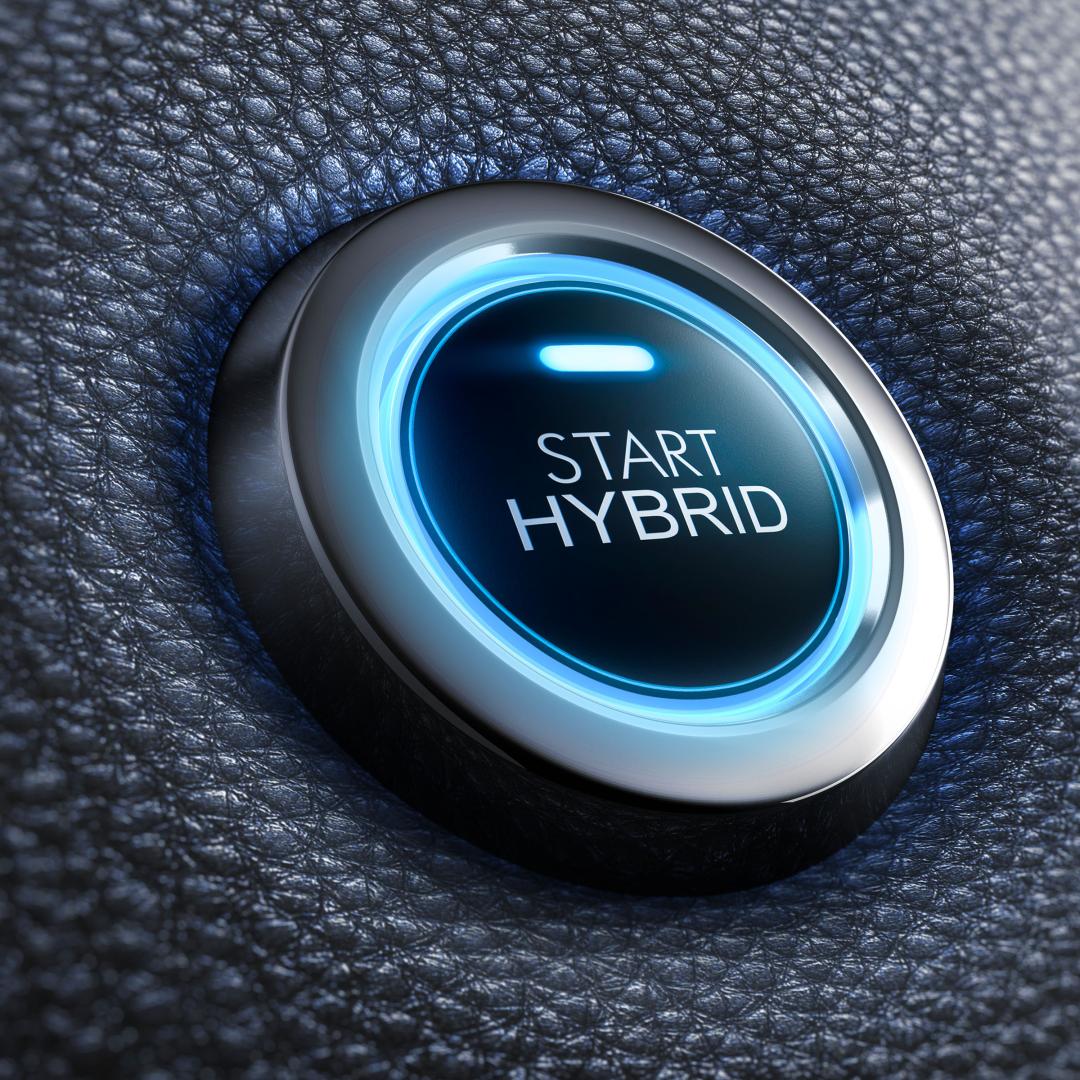Agusdinata, D. B., Liu, W., Eakin, H., & Romero, H. (2018). Socio-environmental impacts of lithium mineral extraction: Towards a research agenda. Environmental Research Letters, 13(12). Article 123001. Link to source: https://doi.org/10.1088/1748-9326/aae9b1
Alberini, A., Di Cosmo, V., & Bigano, A. (2019). How are fuel efficient cars priced? Evidence from eight EU countries. Energy Policy, 134, Article 110978. Link to source: https://doi.org/10.1016/j.enpol.2019.110978
Anenberg, S., Miller, J., Henze, D., & Minjares, R. (2019). A global snapshot of the air pollution-related health impacts of transportation sector emissions in 2010 and 2015. International Council on Clean Transportation. Link to source: https://theicct.org/publication/a-global-snapshot-of-the-air-pollution-related-health-impacts-of-transportation-sector-emissions-in-2010-and-2015/
Asia-Pacific Economic Cooperation. (2024). Connecting traveler choice with climate outcomes: Innovative greenhouse gas emissions reduction policies and practices in the APEC region through traveler behavioral change. Link to source: https://www.apec.org/docs/default-source/publications/2024/9/224_tpt_connecting-traveler-choice-with-climate-outcomes.pdf
Bell-Pasht, A. (2024). Combined energy burdens: Estimating total home and transportation energy burdens [Topic brief]. American Council for an Energy-Efficient Economy. Link to source: https://www.aceee.org/topic-brief/2024/05/combined-energy-burdens-estimating-total-home-and-transportation-energy-burdens
BEUC. (2021). Electric cars: Calculating the total cost of ownership for consumers [Technical report]. The European Consumer Organisation. Link to source: https://www.beuc.eu/reports/electric-cars-calculating-total-cost-ownership-consumers-technical-report
BloombergNEF. (2024). Electric vehicle outlook 2024. Bloomberg Finance L.P. Link to source: https://about.bnef.com/electric-vehicle-outlook/
Carey, J. (2023, January 11). The other benefit of electric vehicles [News feature]. Proceedings of the National Academy of Sciences, 120(3), Article e2220923120. Link to source: https://doi.org/10.1073/pnas.2220923120
Castelvecchi, D. (2021, August 17). Electric cars and batteries: How will the world produce enough? [News feature]. Nature, 596(7872), 336–339. Link to source: https://doi.org/10.1038/d41586-021-02222-1
Choma, E. F., Evans, J. S., Hammitt, J. K., Gómez-Ibáñez, J. A., & Spengler, J. D. (2020). Assessing the health impacts of electric vehicles through air pollution in the United States. Environment International, 144, Article 106015. Link to source: https://doi.org/10.1016/j.envint.2020.106015
Dornoff, J. (2021). Plug-in hybrid vehicle CO2 emissions: How they are affected by ambient conditions and driver mode selection [White paper]. International Council on Clean Transportation. Link to source: https://theicct.org/publication/plug-in-hybrid-vehicle-co2-emissions-how-they-are-affected-by-ambient-conditions-and-driver-mode-selection/
Duncan, D., Ku, A. L., Julian, A., Carley, S., Siddiki, S., Zirogiannis, N., & Graham, J. D. (2019). Most consumers don’t buy hybrids: Is rational choice a sufficient explanation? Journal of Benefit-Cost Analysis, 10(1), 1–38. Link to source: https://doi.org/10.1017/bca.2018.24
Fortune Business Insights. (2025). Hybrid vehicle market size, share & growth report, 2024–2032. Link to source: https://www.fortunebusinessinsights.com/hybrid-vehicle-market-105435
Fulton, L. (2020). A publicly available simulation of battery electric, hybrid electric, and gas-powered vehicles. Energies, 13(10), Article 2569. Link to source: https://doi.org/10.3390/en13102569
Furch, J., Konečný, V., & Krobot, Z. (2022). Modelling of life cycle cost of conventional and alternative vehicles. Scientific Reports, 12(1), Article 10661. Link to source: https://doi.org/10.1038/s41598-022-14715-8
Garcia, E., Johnston, J., McConnell, R., Palinkas, L., & Eckel, S. P. (2023). California’s early transition to electric vehicles: Observed health and air quality co-benefits. Science of The Total Environment, 867, Article 161761. Link to source: https://doi.org/10.1016/j.scitotenv.2023.161761
International Energy Agency. (2021). Global fuel economy initiative 2021 data explorer [Data tool].Link to source: https://www.iea.org/data-and-statistics/data-tools/global-fuel-economy-initiative-2021-data-explorer
International Energy Agency. (2022). Electric vehicles: Total cost of ownership tool [Data tool]. Link to source: https://www.iea.org/data-and-statistics/data-tools/electric-vehicles-total-cost-of-ownership-tool
International Energy Agency. (2023). Energy technology perspectives 2023. Link to source: https://www.iea.org/reports/energy-technology-perspectives-2023
International Energy Agency. (2024). Global EV outlook 2024. Link to source: https://www.iea.org/reports/global-ev-outlook-2024
International Transport Forum. (2020). Good to go? Assessing the environmental performance of new mobility [Corporate Partnership Board Report]. OECD/ITF Publishing. Link to source: https://www.itf-oecd.org/sites/default/files/docs/environmental-performance-new-mobility.pdf
Isenstadt, A., & Slowik, P. (2025). Hybrid vehicle technology developments and opportunities in the 2025–2035 time frame [Working paper]. International Council on Clean Transportation. Link to source: https://theicct.org/publication/hybrid-vehicle-technology-developments-and-opportunities-in-the-2025-2035-time-frame-feb25/
Jones, S. J. (2019). If electric cars are the answer, what was the question? British Medical Bulletin, 129(1), 13–23. Link to source: https://doi.org/10.1093/bmb/ldy044
Kerr, G. H., Goldberg, D. L., & Anenberg, S. C. (2021). COVID-19 pandemic reveals persistent disparities in nitrogen dioxide pollution. Proceedings of the National Academy of Sciences, 118(30), Article e2022409118. Link to source: https://doi.org/10.1073/pnas.2022409118
Kittner, N., Tsiropoulos, I., Tarvydas, D., Schmidt, O., Staffell, I., & Kammen, D. M. (2020). Electric vehicles. In M. Junginger & A. Louwen (Eds.), Technological learning in the transition to a low‑carbon energy system: Conceptual issues, empirical findings, and use in energy modeling (pp. 145–163). Academic Press. Link to source: https://doi.org/10.1016/B978-0-12-818762-3.00009-1
Larson, E., Greig, C., Jenkins, J., Mayfield, E., Pascale, A., Zhang, C., Drossman, J., Williams, R., Pacala, S., Socolow, R., Baik, E., Birdsey, R., Duke, R., Jones, R., Haley, B., Leslie, E., Paustain, K., & Swan, A. (2020). Net-zero America: Potential pathways, infrastructure, and impacts [Interim report]. Princeton University, Andlinger Center for Energy and the Environment. Link to source: https://netzeroamerica.princeton.edu/the-report
Lutsey, N., Cui, H., & Yu, R. (2021). Evaluating electric vehicle costs and benefits in China in the 2020–2035 time frame [White paper]. International Council on Clean Transportation. Link to source: https://theicct.org/publication/evaluating-electric-vehicle-costs-and-benefits-in-china-in-the-2020-2035-time-frame/
Menes, M. (2021). Two decades of hybrid electric vehicle market. Journal of Civil Engineering and Transport, 3(1), 29–37. Link to source: https://doi.org/10.24136/tren.2021.003
Milovanoff, A., Posen, I. D., & MacLean, H. L. (2020). Electrification of light-duty vehicle fleet alone will not meet mitigation targets. Nature Climate Change, 10(12), 1102–1107. Link to source: https://doi.org/10.1038/s41558-020-00921-7
Mittal, V., & Shah, R. (2024). Modeling and comparing the total cost of ownership of passenger automobiles with conventional, electric, and hybrid powertrains. SAE International Journal of Sustainable Transportation, Energy, Environment, & Policy, 5(2), 179–192. Link to source: https://doi.org/10.4271/13-05-02-0013
Mustapa, S. I., Ayodele, B. V., Mohamad Ishak, W. W., & Ayodele, F. O. (2020). Evaluation of cost competitiveness of electric vehicles in Malaysia using life cycle cost analysis approach. Sustainability, 12(13), Article 5303. Link to source: https://doi.org/10.3390/su12135303
Ouyang, D., Zhou, S., & Ou, X. (2021). The total cost of electric vehicle ownership: A consumer-oriented study of China’s post-subsidy era. Energy Policy, 149, Article 112023. Link to source: https://doi.org/10.1016/j.enpol.2020.112023
Pennington, A. F., Cornwell, C. R., Sircar, K. D., & Mirabelli, M. C. (2024). Electric vehicles and health: A scoping review. Environmental Research, 251, Article 118697. Link to source: https://doi.org/10.1016/j.envres.2024.118697
Peters, D. R., Schnell, J. L., Kinney, P. L., Naik, V., & Horton, D. E. (2020). Public health and climate benefits and trade‐offs of U.S. vehicle electrification. GeoHealth, 4(10), Article e2020GH000275. Link to source: https://doi.org/10.1029/2020GH000275
Petrauskienė, K., Galinis, A., Kliaugaitė, D., & Dvarionienė, J. (2021). Comparative environmental life cycle and cost assessment of electric, hybrid, and conventional vehicles in Lithuania. Sustainability, 13(2), Article 957. Link to source: https://doi.org/10.3390/su13020957
Plötz, P., Moll, C., Li, Y., Bieker, G., & Mock, P. (2020). Real-world usage of plug-in hybrid electric vehicles: Fuel consumption, electric driving, and CO2 emissions [White paper]. International Council on Clean Transportation. Link to source: https://theicct.org/publication/real-world-usage-of-plug-in-hybrid-electric-vehicles-fuel-consumption-electric-driving-and-co2-emissions
Requia, W. J., Mohamed, M., Higgins, C. D., Arain, A., & Ferguson, M. (2018). How clean are electric vehicles? Evidence-based review of the effects of electric mobility on air pollutants, greenhouse gas emissions and human health. Atmospheric Environment, 185, 64–77. Link to source: https://doi.org/10.1016/j.atmosenv.2018.04.040
Roberts, C. (2022). Easy street for low-carbon mobility? The political economy of mass electric car adoption. In G. Parkhurst & W. Clayton (Eds.), Electrifying mobility: Realising a sustainable future for the car (Vol. 15, pp. 13–31). Emerald Publishing Limited. Link to source: https://doi.org/10.1108/S2044-994120220000015004
Romm, J. J., & Frank, A. A. (2006, April). Hybrid vehicles gain traction. Scientific American, 294(4), 72–79. https://doi.org/10.1038/scientificamerican0406-72
Sovacool, B. K. (2019). The precarious political economy of cobalt: Balancing prosperity, poverty, and brutality in artisanal and industrial mining in the Democratic Republic of the Congo. The Extractive Industries and Society, 6(3), 915–939. Link to source: https://doi.org/10.1016/j.exis.2019.05.018
Suttakul, P., Wongsapai, W., Fongsamootr, T., Mona, Y., & Poolsawat, K. (2022). Total cost of ownership of internal combustion engine and electric vehicles: A real-world comparison for the case of Thailand. Energy Reports, 8, 545–553. Link to source: https://doi.org/10.1016/j.egyr.2022.05.213
Vega-Perkins, J., Newell, J. P., & Keoleian, G. (2023). Mapping electric vehicle impacts: Greenhouse gas emissions, fuel costs, and energy justice in the United States. Environmental Research Letters, 18(1), Article 014027. Link to source: https://doi.org/10.1088/1748-9326/aca4e6
Verma, S., Dwivedi, G., & Verma, P. (2022). Life cycle assessment of electric vehicles in comparison to combustion engine vehicles: A review. Materials Today: Proceedings, 49, 217–222. Link to source: https://doi.org/10.1016/j.matpr.2021.01.666
Weiss, M., Zerfass, A., & Helmers, E. (2019). Fully electric and plug-in hybrid cars - An analysis of learning rates, user costs, and costs for mitigating CO2 and air pollutant emissions. Journal of Cleaner Production, 212, 1478–1489. Link to source: https://doi.org/10.1016/j.jclepro.2018.12.019
World Health Organization. (2022). Number of registered vehicles [Data set]. The Global Health Observatory. https://www.who.int/data/gho/data/indicators/indicator-details/GHO/number-of-registered-vehicles
Yang, C., Sun, T., Wang, W., Li, Y., Zhang, Y., & Zha, M. (2024). Regenerative braking system development and perspectives for electric vehicles: An overview. Renewable and Sustainable Energy Reviews, 198, Article 114389. Link to source: https://doi.org/10.1016/j.rser.2024.114389
Zhang, Y., Fan, P., Lu, H., & Song, G. (2025). Fuel consumption of hybrid electric vehicles under real-world road and temperature conditions. Transportation Research Part D: Transport and Environment, 142, Article 104691. Link to source: https://doi.org/10.1016/j.trd.2025.104691


